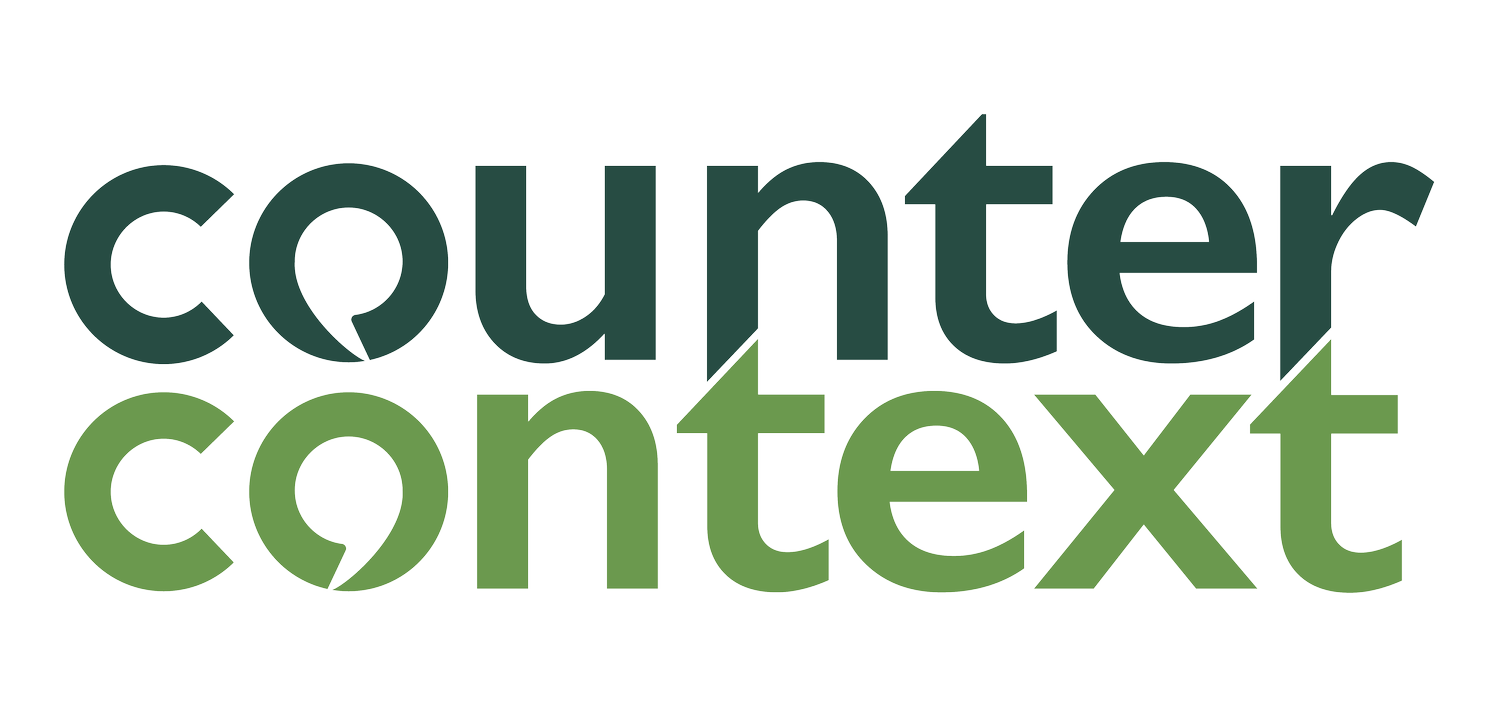Understanding and Supporting Dyslexia to Align Personal and Organisational Development
I always sort of knew I was different. Throughout my education I struggled with core subjects, while many of my peers appeared to take it all in their stride. The more I continued in my studies, the more I realised that I was more drawn to subjects that involved pattern recognition and problem-solving – where I could produce a visually tangible output. These subjects included IT, music and art.
Hindsight is a wonderful thing. All those many years ago – too many than I'm willing to put a number to – when I was a young student, I wouldn't have made the connection between learning styles and the ability to grasp – and fail to grasp – certain subjects. Of course, the other side to that equation is the flexibility in approach to teaching styles.
It wasn’t until 2020, when I was diagnosed with dyslexia and started researching how to support myself professionally, that I was introduced to being a dyslexic thinker.
What is dyslexic thinking?
In true 2025 fashion, I asked AI what they thought dyslexic thinking is.
My prompt: Write a small paragraph of what is dyslexic thinking.
Co-Pilot writes: Dyslexic thinking encompasses unique cognitive strengths often found in individuals with dyslexia. These strengths include exceptional reasoning, visualisation, connection, exploration, imagination, and communication skills. People with dyslexic thinking are adept at understanding patterns, visualising concepts, empathising with others, exploring ideas energetically, creating original work, and conveying engaging messages. These abilities are highly valued in various fields and complement the capabilities of AI, making dyslexic thinking an asset in today's world.
Interestingly, the summary generated by AI indicates that often individuals with dyslexia find a natural calling working with AI. This resonates with me, not only in terms of AI but also the wider world of technology platforms and solutions, as well as compliance. I feel at home in these areas because my dyslexic thinking drives me to explore new ideas and developments in a systematic way. I am drawn to the patterns, processes and procedures established in IT and compliance, and I actively adopt these advancements into my own and others' working lives.
From an organisational perspective, society is transitioning through Industry 4.0. This means that digitalisation – emphasising machine learning and automation – should be a top priority for any organisation. This environment is particularly well-suited for dyslexic thinkers who can effectively understand and apply these concepts through their problem-solving skills and ability to build connections through automation and process.
Suppose we look further into the future, the European Union defines Industry 5.0 as "[A] vision of industry that aims beyond efficiency and productivity as the sole goals, and reinforces the role and the contribution of industry to society" and "It places the wellbeing of the worker at the centre of the production process and uses new technologies to provide prosperity beyond jobs and growth while respecting the production limits of the planet".
Clearly, Industry 5.0, as a conception of the future, relies on a human-AI collaboration which, I would suggest, is an environment in which dyslexics would thrive due to their preference for complex problem solving, adaptability, and creative and innovation skills.
So, given this vision, how can we prepare the next generation’s dyslexics to pivot their distinctive skills to centre on innovation in the transition to Industry 5.0's human-centric, resilient and sustainable approach?
From where most of us started: Education.
To prepare the next generation to lead in Industry 5.0, we must shift our approach to education from a conventional method to a more individualised one that promotes inclusion for everyone. This education should focus on redefining intelligence and how it is assessed, ensuring that dyslexic thinking is not overlooked and that all students have an equal opportunity to succeed. Education should lean into both sides on Human Intelligence, both technical and knowledge-based skills and soft skills such as adaptability and problem-solving.
The global educational charity, Made By Dyslexia's report, “Intelligence 5.0” confirms this need for redirection in education by stating, "Our education systems prioritise easily tested skills like memorisation and recall; spelling grammar and punctuation; but these are the skills most likely to be taken over by AI. Industry 5.0 demands creativity, critical thinking and applying knowledge innovatively… all dyslexic thinking skills. Yet, standard tests overlook these strengths. Supporting teachers and workplaces to recognise dyslexic thinking skills will empower everyone for success and drive innovation in a changing world."
Again, according to statistics from Made By Dyslexia, 1 in 5 residents in the UK are dyslexic and that this ratio may be even higher in reality, as official figures only recognise those who have been tested. Dyslexia constitutes 51% of the UK’s neurodiverse population. Given these statistics, it is clear we need to implement changes now to prepare future generations to effectively navigate their partnership with AI and develop the necessary human intelligence skills to succeed.
As I, along with the organisation, grow, our focus is moving together towards understanding how employees can gain exposure in a developmental framework that enables them to cultivate the Human Intelligence ‘soft skills’ in conjunction with the structured support AI can increasingly provide.
This approach will not only empower all our employees to adapt to an ever-changing work environment but also encourage collaboration, creativity and emotional intelligence – qualities that are invaluable and cannot be easily replicated by machines.
Investing in Human Intelligence will ultimately lead to a more inclusive workforce, which includes dyslexic thinkers, and a more successful organisation as we adapt to the evolving landscape of our industry.

